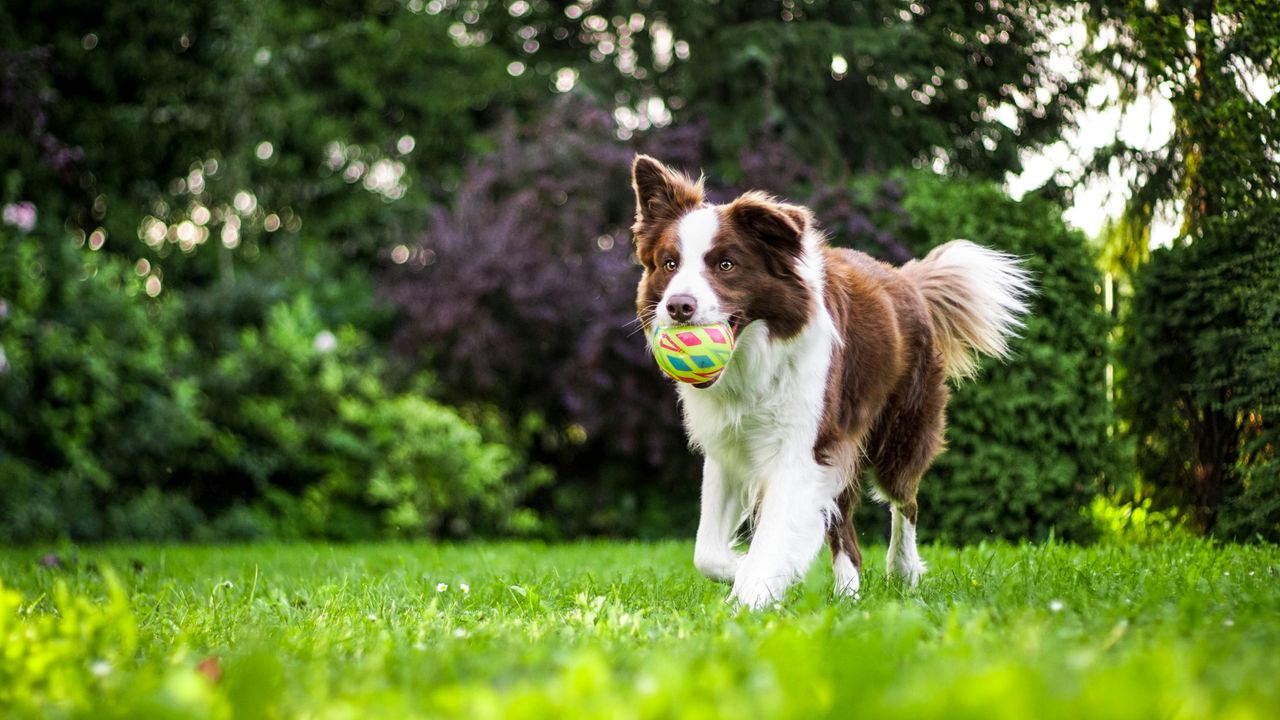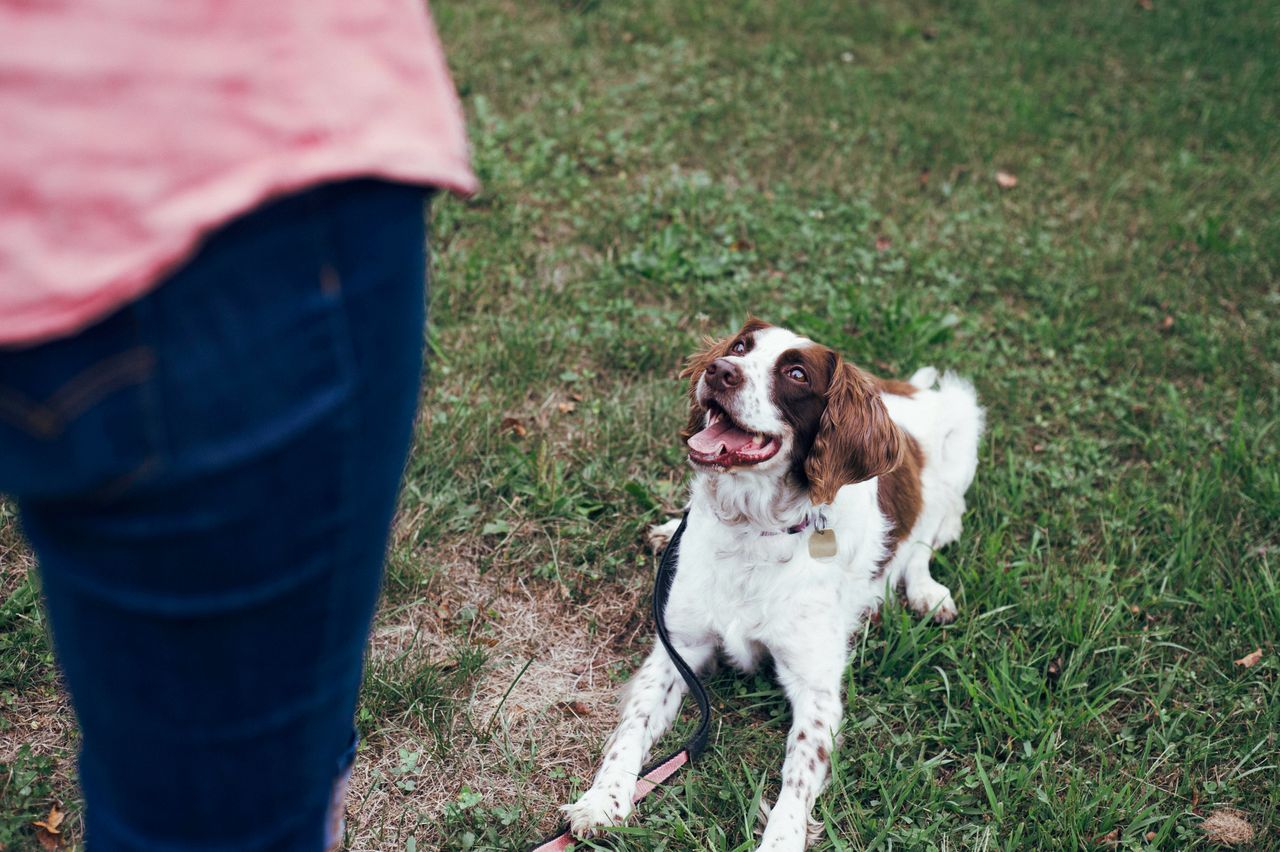Updated April 21st, 2024 at 14:48 IST
How To Use Positive Reinforcement To Train Your Pet Dogs
Ditch old school methods and use positive reinforcement to train your dog easily and in a friendly manner.
Advertisement
Positive reinforcement is a powerful and humane way to train your dog, focusing on rewarding desirable behaviours rather than punishing unwanted ones. This approach strengthens the bond between you and your furry friend and also encourages learning in a fun and rewarding way. Here are ways in which you can use positive reinforcement to train your dog effectively.
Identify desired behaviours
Start by identifying the specific behaviours you want to encourage in your dog, such as sitting, staying, or walking politely on a leash. Break down these behaviours into smaller, achievable steps to make training more manageable.

Choose rewards
Determine what motivates your dog, whether it's treats, praise, toys, or a combination of these. Use high-value rewards that your dog finds particularly enticing, such as small pieces of cooked chicken or cheese.
Advertisement
Timing is important
Timing is crucial in positive reinforcement training. Immediately reward your dog with praise and treats the moment they exhibit the desired behaviour. This helps your dog make the connection between the behaviour and the reward.
Advertisement
Be consistent
Consistency is key to successful training. Reinforce the desired behaviour every time it occurs, and be consistent with your cues and rewards. This helps your dog understand what is expected of them and encourages them to repeat the behaviour.
Advertisement

Use clear cues
Use clear, positive cues or commands to communicate with your dog. Keep cues simple and consistent, and always use a happy tone of voice. For example, say "sit" rather than "don't jump."
Advertisement
Gradually increase difficulty
As your dog learns and becomes proficient in the desired behaviour, gradually increase the difficulty by adding distractions, duration, or distance. This helps reinforce the behaviour in different contexts and strengthens your dog's understanding.
Advertisement
Avoid punishment
Avoid using punishment or harsh corrections in training, as these can undermine your dog's trust and confidence. Instead, focus on redirecting unwanted behaviours and reinforcing positive alternatives.
Advertisement
Have fun, be patient
Keep training sessions short, frequent, and fun for both you and your dog. Use games, toys, and positive interactions to make learning enjoyable and engaging. Remember that learning takes time, so be patient and persistent with your training efforts. Celebrate small successes along the way and remain consistent in your approach.
Advertisement
Published April 21st, 2024 at 14:48 IST